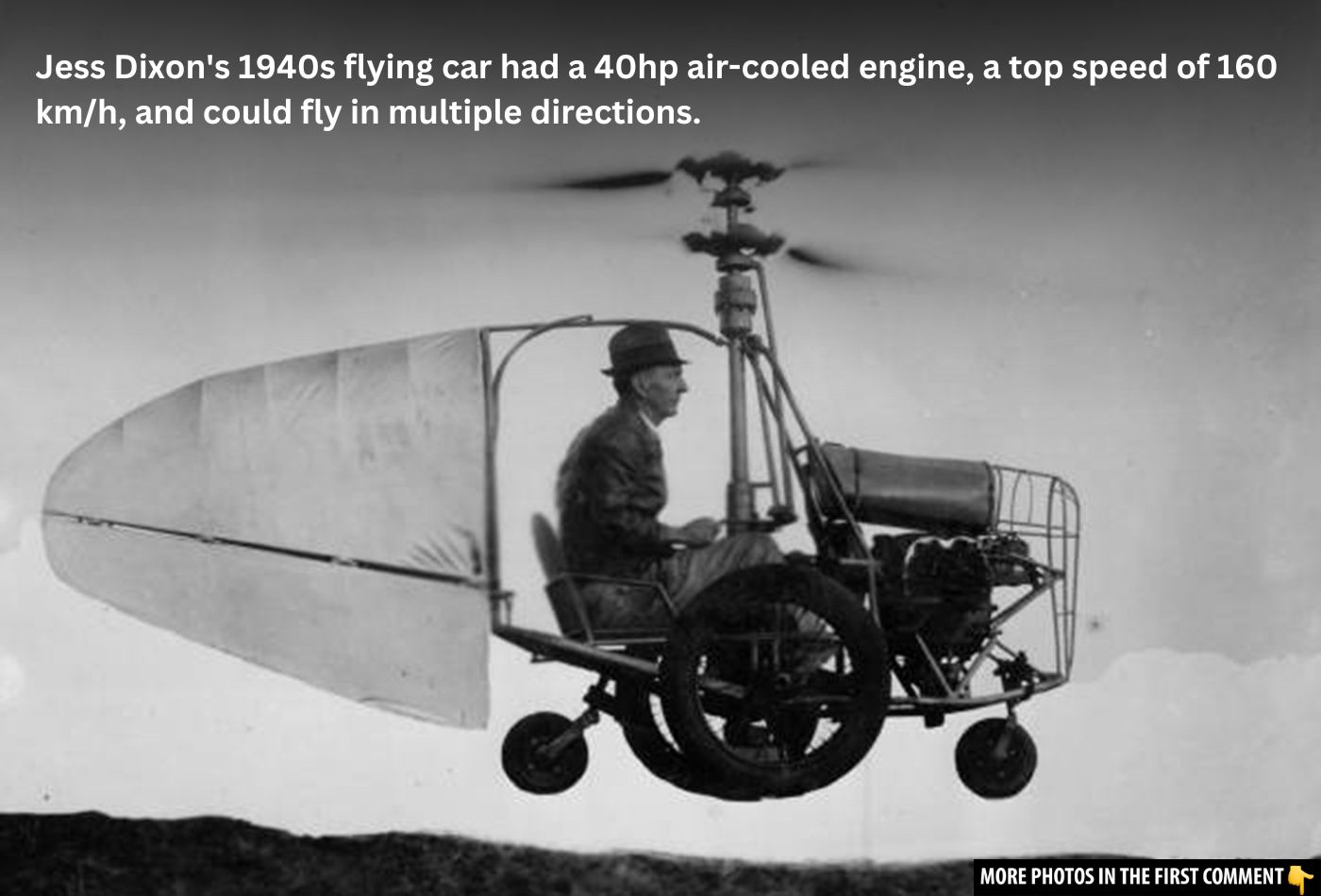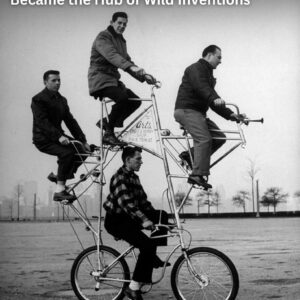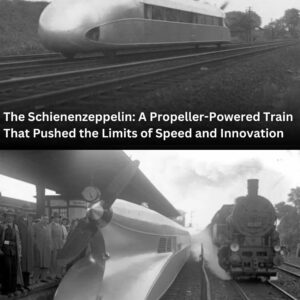Flying cars have long been a staple of science fiction, but over the last century, this dream has started to take flight—literally. From early attempts to the modern marvels we see today, the journey of the flying car has been a remarkable blend of engineering genius, visionary thinking, and overcoming seemingly impossible challenges. In this article, we’ll explore 12 of the most epic flying cars that have graced history, each unique in design and ambition, and how they’ve shaped the future of personal transportation.
The Fantasy of Flying Cars: A Brief History
The notion of flying cars has captivated the human imagination for as long as the automobile has been around. In the early 20th century, inventors set out to create vehicles capable of soaring above the congestion of city streets, offering an unparalleled mode of transportation. While most early prototypes were not successful, each failure paved the way for technological advancements, and today, thanks to innovations in battery energy density, lightweight materials, and navigation systems, flying cars are becoming a feasible part of our future.
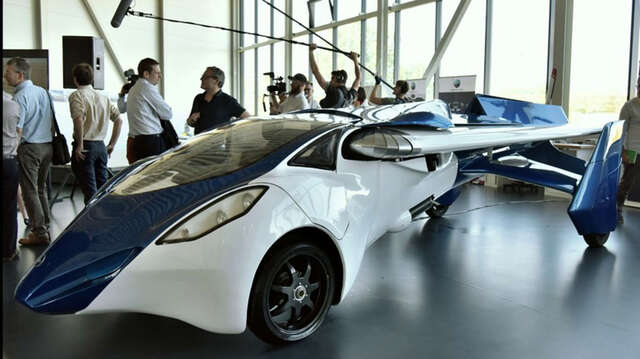
Explore 12 of the most epic flying cars that have graced history
Here is a list of 12 flying cars that you won’t want to miss:
1. Curtiss Autoplane (1917)
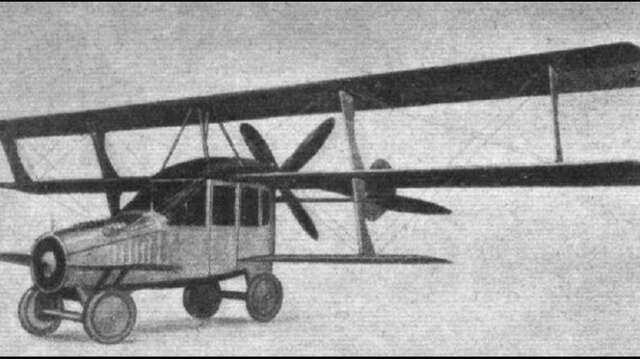
In 1917, aviation engineer Glen Curtis created the Curtiss Autoplane, which is often considered the first flying car prototype. The design involved attaching airplane components, including wings from the Curtiss Model L trainer, to an aluminum Ford Model T. Although it never truly flew, the idea was groundbreaking. The Autoplane could operate as both a car on the ground and an airplane in the air, but its hefty construction and the challenge of merging airplane aerodynamics with a car’s road mechanics meant it never took off as intended.
2. Jess Dixon’s Flying Auto
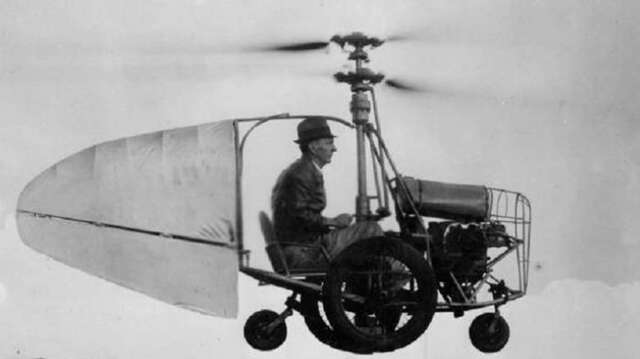
Jess Dixon’s design, known as the “Flying Ginny,” was another fascinating attempt at creating a flying car. Jess, from Alabama, blended an automobile with helicopter technology, resulting in a machine capable of reaching 100 miles per hour. The Flying Ginny featured two large overhead rotors and the ability to transition between road travel and flying, but the concept was more of a gyrocopter than a traditional flying car. While it remained largely experimental, Dixon’s ambition showcased the merging of different transportation technologies.
3. Convair Model 116

In 1946, the Convair Model 116 flying car prototype took its maiden flight. Designed by Ted Hall, this vehicle combined a car with an airplane, where the airplane components (wings, propeller, and tail) could be detached for road use. Though the prototype underwent successful testing, it was ultimately discontinued after one of the prototypes crashed due to a fueling error. The Convair Model 118, an upgraded version with improved aerodynamics and a more powerful engine, showed promise, but the tragic accident led to the company shelving the project.
Watch the video to discover the Convair Model 118, the car that dreamed of flying!
4. AVE Mizar

A team of engineers at Advanced Vehicle Engineers (AVE) used a Ford Pinto and a Cessna Skymaster to create the AVE Mizar, a flying car that could be driven on regular roads and converted into an airplane at the airport. Unfortunately, this innovation came to a tragic end in 1973 when a prototype’s right wing collapsed mid-flight, leading to a fatal crash. Despite its untimely end, the AVE Mizar remains a symbol of the ambitious spirit of flying car development in the 1970s.
Check out the video “#33 MIZAR The Flying Pinto” to see the fascinating flying car in action!
5. Terrafugia Transition
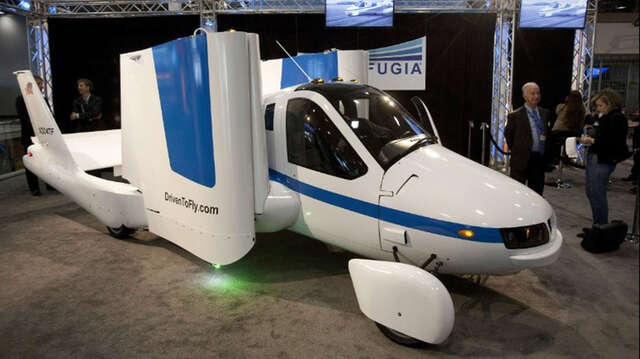
The Terrafugia Transition is one of the most successful flying car models to date. It combines a compact car with the ability to transform into an airplane with folding wings. The Transition can reach speeds of 70 mph on the road and 115 mph in the air, with a range of 400 miles. The vehicle’s hybrid-electric motors allow for road use, while the aircraft configuration adheres to airplane flight standards. Although the car has faced regulatory challenges, it represents the future of flying cars, providing a practical solution for personal air travel.
Watch the video to learn about the Terrafugia Transition, the street-legal flying car that brings the future of transportation closer.
6. PAL-V
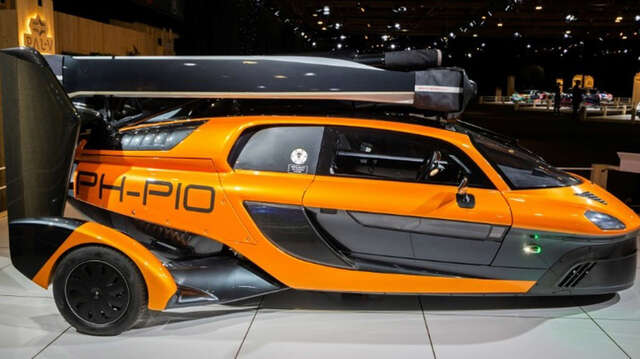
The PAL-V is Europe’s first certified flying car, designed with a gyroplane mechanism that provides lift. This three-wheeled vehicle features two-passenger seating and is capable of 112 mph, whether it’s in the air or on the road. With a lightweight frame and the ability to operate with minimal runway space, the PAL-V has made significant strides in the flying car world. It is one of the first to meet both aviation and road transportation regulations, making it a standout in terms of feasibility.
Check out the video to see the PAL-V Liberty flying car as it hits the road, blending the best of aviation and driving!
7. Piasecki AirGeep
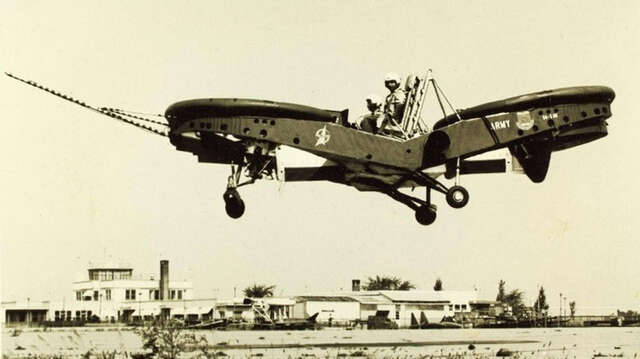
The Piasecki AirGeep was one of the U.S. Army’s attempts at creating a compact, vertical takeoff and landing (VTOL) aircraft. Using two tandem ducted rotors, the AirGeep could hover and take off without a runway. The military tested it for use in various applications, but the design never quite lived up to its expectations. Although it was a failure in terms of military application, the AirGeep’s unique features showed the potential for VTOL vehicles, which is still a key component of flying car technology today.
Watch the video to explore the Piasecki VZ-8 Airgeep, a unique and innovative vertical takeoff and landing vehicle.
8. AeroMobil 3.0
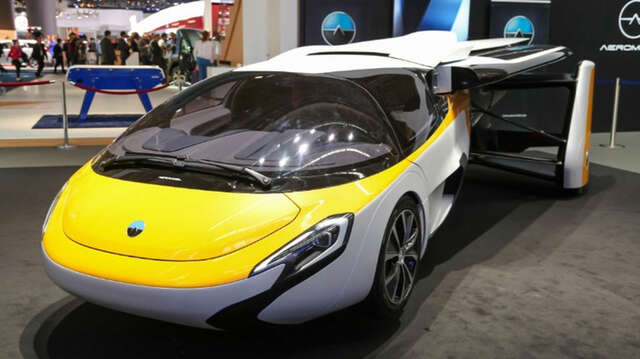
The AeroMobil 3.0 is one of the most advanced flying car prototypes in development today. Designed in Slovakia, it can reach speeds of 100 mph on the ground and 124 mph in the air. With wings that fold for road use, the AeroMobil is a truly versatile vehicle. It requires only 820 feet of runway for takeoff and can land in just 164 feet. The AeroMobil showcases the integration of lightweight materials, advanced aerodynamics, and a robust powertrain for a seamless transition between air and ground modes.
Watch the official video of AeroMobil 3.0 to see the future of flying cars in action!
9. Taylor Aerocar
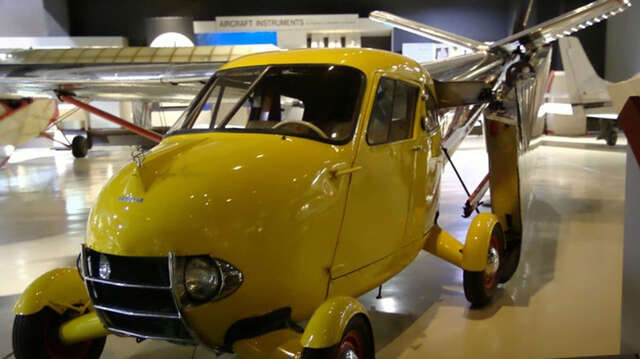
The Taylor Aerocar, first introduced in 1949, is an early example of a flying car that combined a road vehicle with a detachable airplane. Unlike most flying cars that carry their flying components, the Aerocar allowed the wings and tail to be towed behind the car. The wings could be attached in under 15 minutes at the airport, allowing the Aerocar to take flight. This innovation paved the way for future developments, although it never gained significant commercial traction.
Check out the 1949 newsreel featuring the Molton Taylor Aerocar, one of the first flying cars ever developed.
10. Waterman Aerobile

In 1934, Waldo Waterman created the Aerobile, a tailless monoplane with tricycle wheels that could be driven like a car. Powered by a radial engine, the Aerobile had detachable wings that could be removed for road travel. It made history by flying from its Santa Monica factory to Cleveland, Ohio, but despite its success, the Aerobile was not widely adopted. Only five models were made, with the aircraft component remaining a novel approach to personal air transportation.
Watch the test flight of the Waterman Aerobile, the flying car from the 1930s, in this fascinating newsreel film!
11. Klein Vision Aircar
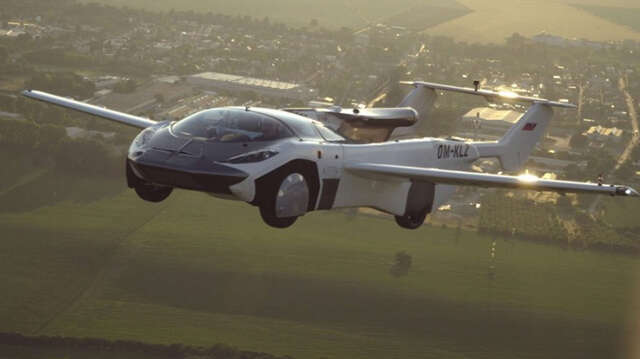
The Klein Vision Aircar, one of the most recent flying car prototypes, is a two-seater that transitions from a road car to an aircraft in under three minutes. The vehicle has already completed test flights, achieving speeds of 118 mph and cruising at altitudes of up to 8,200 feet. Designed with a sleek sports coupe body, the Aircar is a symbol of the evolving relationship between road and air transportation. Klein Vision’s future plans include a more powerful version with improved speed and range.
Check out the video to see the AirCar, a BMW-powered convertible flying car, in action!
12. Renault Air4

For the 60th anniversary of the Renault 4, the company designed the Air4, a futuristic flying version of the classic hatchback. Unlike typical flying cars, the Air4 does not drive on the ground; instead, it uses four propellers to fly like a drone. With its carbon fiber body and a top speed of 58 mph, the Renault Air4 is an experimental concept, showing that even iconic cars can be reimagined in the world of flying vehicles.
Watch the video to discover the Renault Air4, a futuristic flying car that blends innovation and design.
Conclusion: The Future of Flying Cars
While the journey to develop a fully functional flying car has been filled with challenges, it’s clear that the future of transportation will be influenced by these epic flying cars. With advancements in technology, safety, and design, flying cars could become a part of our everyday lives, transforming the way we commute and travel. As these vehicles continue to evolve, the dream of soaring above traffic could soon become a reality for all of us.
